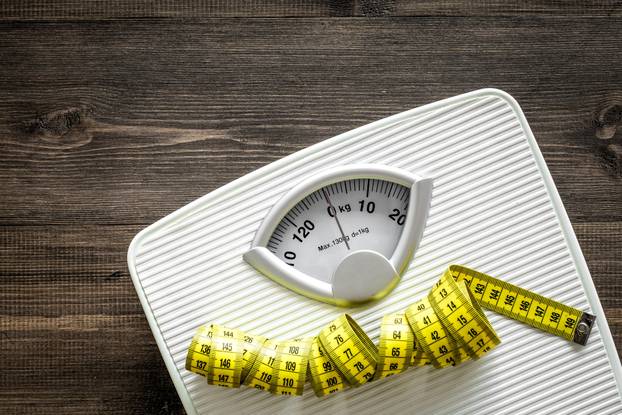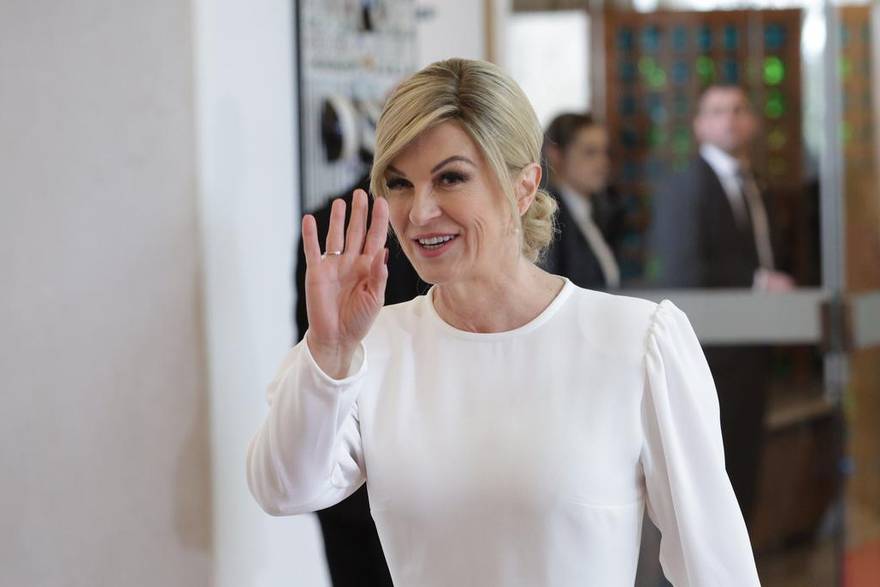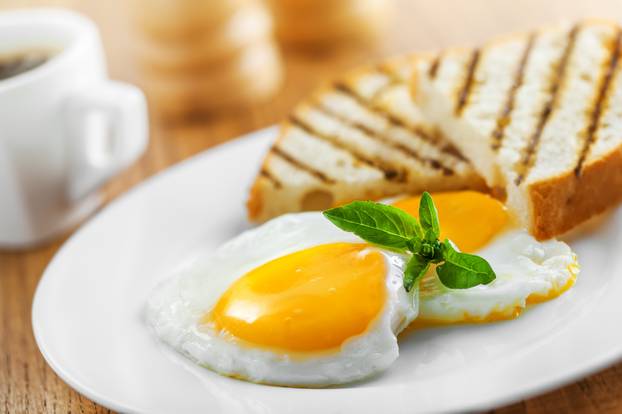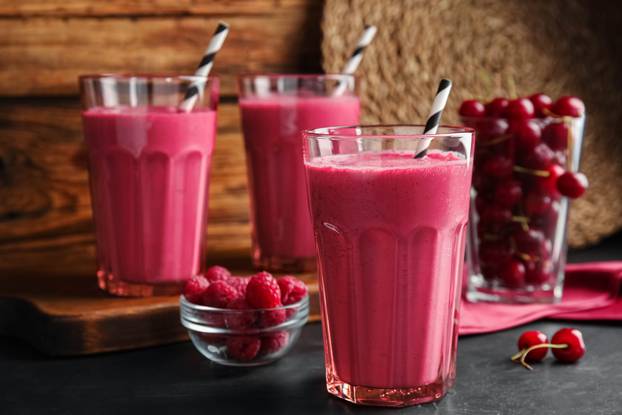Here are the years in which women are most gaining and why

Gabriela, 45, who welcomed her fourth child in January, told The Telegraph that women most accumulate pounds in the Middle Forties – but not for the reason that is usually alleged. According to her, the main culprit is not slowing metabolism, but of poor eating habits that get worse that their life becomes more hectic.
« Women are mostly weight because their diet is worse, » explained the famous nutritionist, whose advice follows Jodie Kidd and Joan Collins.
Watch the video:
01:06
Kolinda Grabar-Kitarovic is on an anti-inflammatory diet: Here’s what benefits she has for health
– What we often hear that metabolism slows down significantly in the forties is not true. This only comes at a much later age – added Gabriela, a former Czech model.
Research shows that significant slowdown of metabolism occurs only after the age of 60, not after the 40th, as previously thought.
While admits that in his forties a tendency for a more comfortable but unhealthy lifestyle grows, Gabriela points out that women often do not put themselves in the first place because they are overloaded with business and family responsibilities.
In addition to a bad diet, she added that a weight accumulation can also be influenced by vitamin deficiency, blood sugar imbalances and muscle loss.
Key weight control factors
According to Gabriel’s words, a quality muscle mass is key to regulating metabolism – a process by which the body transforms food into energy.
« In her forties, women become more prone to physical inactivity, which further slows down their metabolism, » she explained.
One of the main causes of fat accumulation in the abdomen in middle age, Gabriela says, is often the imbalance of blood sugar. It occurs when women do not bring enough protein, eat carbohydrates on an empty stomach and have too long between meals.
To improve eating habits and maintain healthy weight, Gabriela recommends entering more protein in each meal – including breakfast.
– Instead of eating pastry with your morning coffee, it is better to reach for eggs, yogurt, nuts or smoked salmon – advises the nutritionist.
The day itself begins with protein shake, then breakfast with two pieces of gluten -free toast with marmite (yeast spread), fried eggs and a slice of avocado.
For lunch, it recommends a combination of non -fat meat, eggs, beans, nuts and seeds – instead of heavy fast foods like burgers and sausages.
Dinner should be lighter, and Gabriela advises his clients to choose protein sources such as fish or chicken, combined with quality carbohydrates from vegetables, especially if they want to maintain or reduce body weight.
Dietary supplements and physical activity
With a healthy diet, Gabriela also recommends lifting weights several times a week to prevent the loss of muscle mass. It also emphasizes the importance of nutritional supplements, since vitamin B12 and magnesium deficiencies are very common in middle -aged women.
In addition, Gabriela advises that you always have healthy snacks on hand to maintain a stable blood sugar level during the day.
« Most people get hungry in the evening and then bring too much food for dinner, » he explains.
Some of her favorite snacks include humus with vegetables and crackers, protein shakes, two tablespoons of nuts with apple or pear, and nuts and seeds.
In an earlier interview, Gabriela revealed that her clients can lose up to 4 kg in two weeks, holding on to the principle of occasional post. In her book ‘2 Weeks to Feeling Great’ from 2021, she presented two plans: 4: 3 and 16: 8.
Diet 4: 3 implies an intake of 500 calories three days a week, while men can consume 600 calories. During three « careful days », a common calorie intake is reduced by 20%, while one day a week is completely free.
The 16: 8 diet is based on classic occasional post – 16 hours a day without food (including sleep time), while meals are deployed within an eight -hour period.
– I always advise clients to look at both plan and choose the one that suits them best, ”Gabriel says.
It also emphasizes that it is more important to pay attention to the nutrient ratios on the plate than to the exact size of the portions.
– Otprilike četvrtina tanjura trebala bi biti kvalitetan izvor proteina, bilo da je riječ o mesu, ribi, peradi, jajima ili biljnim izvorima poput graha, soje, slanutka, leće i mahunarki – pojašnjava, piše Daily Mail.











